Hibernation isn’t just for bears anymore. Every winter, Mustangs, Barracudas, Road Runners, and more go into hibernation as classic car owners put their vehicles into storage.
Winter vehicle storage is a necessity for many people, including collectable car owners and snowbirds that leave vehicles behind and head south for the cold winter months. With winter rapidly approaching, we talked to the automotive experts at Summit Racing to get some valuable tips for proper winter storage.
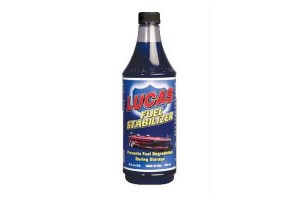 Fill ‘er Up!
Fill ‘er Up!
The fuel system can be a source for problems during winter storage. An empty tank will allow room for moisture to condense inside the fuel system, which can lead to corrosion. It’s important to fill up the gas tank, then add fuel system stabilizer to the fuel to keep it from breaking down while the vehicle is idle. Once the fuel system stabilizer is added, the vehicle should be taken for a brief drive to allow the stabilized fuel to circulate through the entire fuel system.
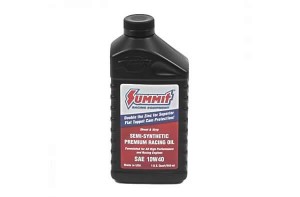 Quick Lube It
Quick Lube It
Used or dirty motor oil contains acids and other corrosive contaminants that can damage the engine over time. That’s why your motor oil and oil filter should be changed just prior to storage. It’s also helpful to pull the spark plugs out of each cylinder and either drop in a small amount of oil or apply a fogging oil into each cylinder.
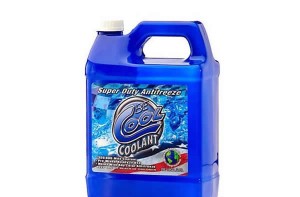 Stay Hydrated with Fluids
Stay Hydrated with Fluids
Like motor oil, other vehicle fluids such as transmission fluid, axle fluid, and coolant, can be corrosive when dirty. It is best to top off these fluids prior to storage or change them altogether if regular maintenance is due. Remove existing coolant, including coolant inside the radiator, and add antifreeze that has anti-corrosion properties and is rated to provide protection at or below the freezing point (32 degrees or less).
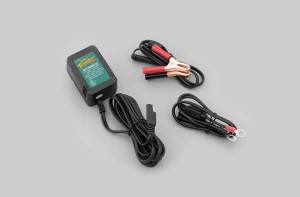 Charge It
Charge It
Once your vehicle is in its final storage spot, the battery should be removed and hooked up to a battery or maintenance charger to maintain a charge. Before the battery is attached to the charger, check the terminals and clean up any corrosion so it’s ready to go in the spring.
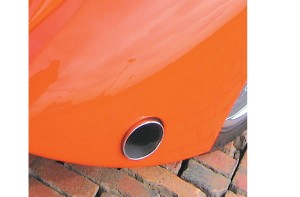 Keep Out the Pests
Keep Out the Pests
Mice and other rodents are always looking for a warm place to build a nest. To make sure they don’t take up residence someplace inside your stored vehicle, the tailpipe and other openings should be sealed off. Also, consider placing mothballs inside the vehicle to prevent small animals from chewing on wiring or upholstery.
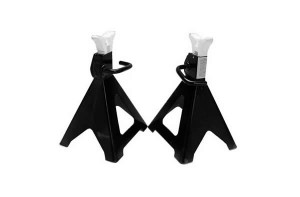 Take a Load Off
Take a Load Off
If your vehicle is going to be stored in one spot for an extended time—a year or longer—relieve pressure on the pulley bearings by loosening the drive belts on the engine. Also, consider removing the wheels and tires and resting the vehicle on a set of jack stands. This will take the weight off of the suspension components and prevent premature wear.
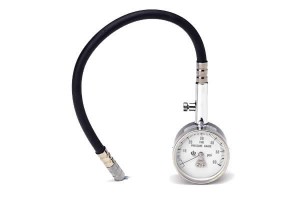 Air It Up
Air It Up
By resting your vehicle on a set of jack stands, you can also prevent flat spots from developing on the tires. If jack stands are not an option, simply air the tires about 10 psi over the recommended air pressure (use a reliable tire pressure gauge) to help resist flat spots.
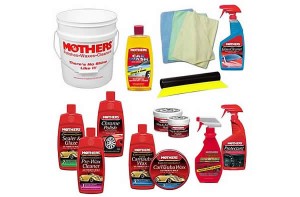 Clean Your Machine
Clean Your Machine
It’s important to make sure your vehicle’s exterior and interior is clean and well protected against the elements—even when stored indoors. Your car or truck should be washed thoroughly, the finish should be given a good coat of wax, and the upholstery should be protected by the proper leather, vinyl, or rubber treatment.
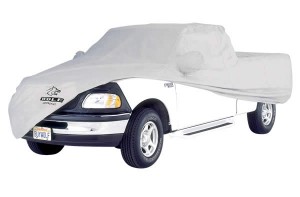 Don’t Skimp on the Cover
Don’t Skimp on the Cover
Once the vehicle is washed and waxed, cover it with a good quality car cover. When buying a car cover, make sure to choose a cover with a breathable fabric to prevent condensation and moisture build-up on the surface of the vehicle. Multi-layer covers can offer rugged protection against wind, dirt, dust, UV light, scratches, and more.

[…] helpful tips on proper vehicle storage, have a look at this post from a while […]
You brought up some great points about how to keep your system clean and able to run, but I especially like what you said about investing in a quality cover because it will prevent condensation and any scratches. My father-in-law just bought a beautiful convertible and has enjoyed it all summer and I know he’ll want to keep it nice. In that situation, and similar ones for many people, I don’t think even a nice cover would quite cut it. In that situation, I’d want to seek out a quality car storage supplier just to make sure the vehicle is shielded fully form the elements.
What are your thoughts about starting it up about once a week when it’s above 40 degrees
[…] For helpful tips on proper vehicle storage, have a look at this post. […]
Thank you. From California never thought about cd weather storage.